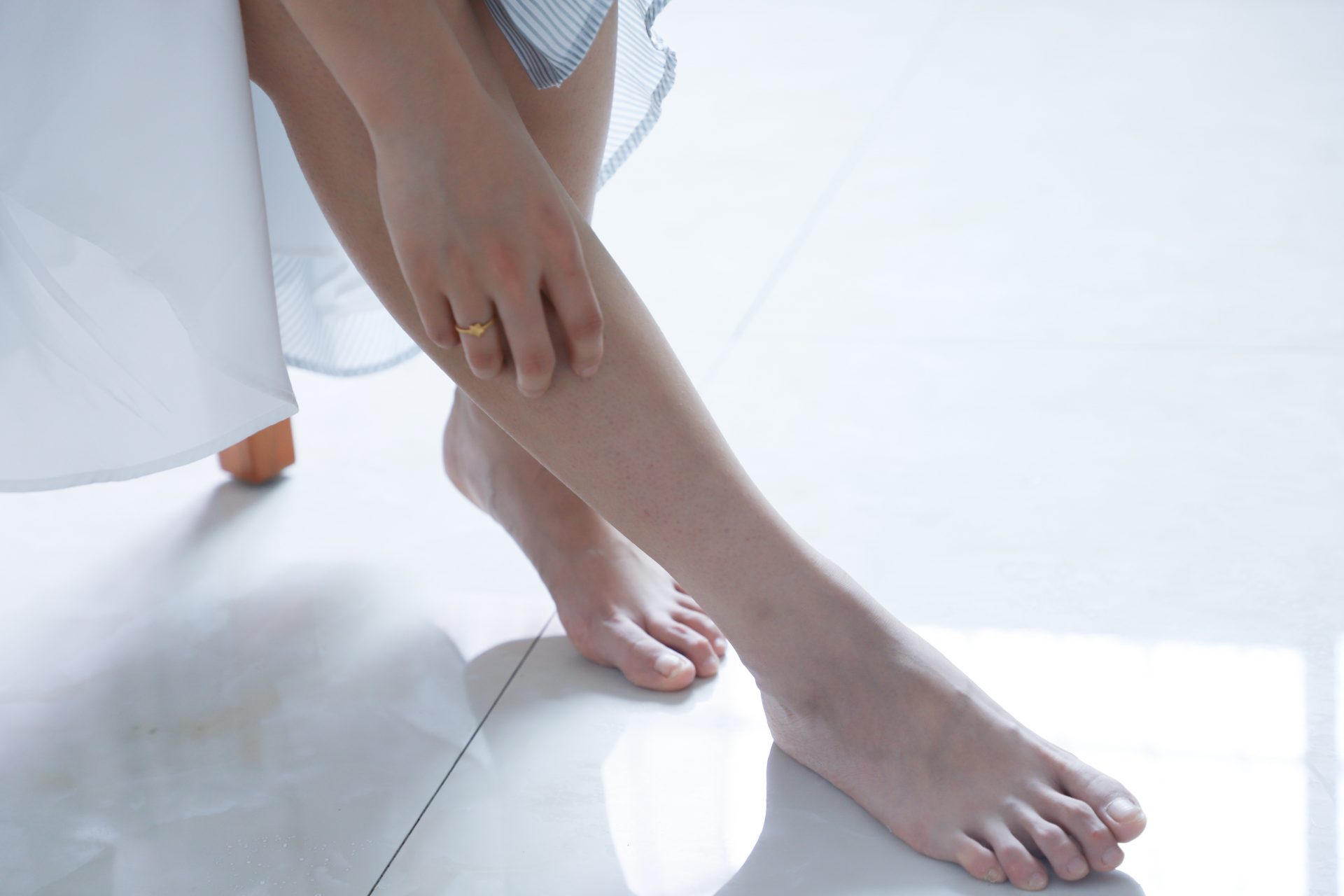Tendons are strong connective tissue in the body that attach muscle to bone.
They are made up of mainly collagen and help to generate power as well as provide stability.
Tendon injuries or pathologies can be complex and hard to manage, people often have an initial injury/pathology which if repetitively aggravated can cause a breakdown of the tendon structure.
There are usually three ways tendons become irritated:
- Overload from an acute increase in exercise/activity without adequate time for the body to adapt
- A direct blow to the tendon which may cause an increase in swelling and pain as the body tries to protect the injured area
- Repetitive compression of the tendon (such as in the shoulder or ankle)
Tendon injuries have many names depending on the part which is injured or irritated.
You may have heard your tendon pathology referred to as a tendinopathy or tenosynovitis.
Your physiotherapist will be able to determine what stage of pathology your injury is at as well as the best way to manage it moving forward.
- Early stage (reactive) will require a period of rest to allow the tissue to settle down and return to its normal state.
- Later stage (degenerative) will need to be loaded as early as possible to maintain the integrity of the tendon.
Rehab protocols
Tendon pathologies have 3 distinct phases which will affect how they are managed.
All tendons need to be loaded but how this is done and the volume will vary between individuals.
1. Reactive
- Pain can last from a few days to a few weeks
- Very common in younger and athletic populations
- Tendon still intact and full resolution likely
- Needs to be rested from aggravating activities until rehab can commence (may start isometric exercises to reduce pain)
2. Dysrepair
- Part of tendon structure may have started to break down
- If managed well can still expect full repair
- Not often seen clinically because reactive and degenerative tendons are the most common and painful
- Exercises will vary depending on if early or late stage disrepair
3. Degenerative
- Tendon structure break down but pain generally lasts for only a few days
- In this stage full healing of tendon may not be possible but rehab can help return the individual to pain free and full function
- Often identified in older population and athletes who have had multiple reactive tendinopathies
- Need to be loaded up as soon as possible to strengthen intact tendon (combination of loaded isometric and eccentric exercises)

